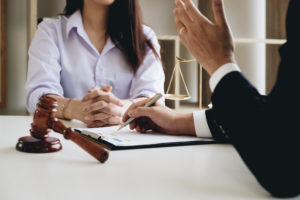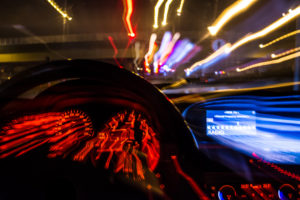Drowsy drivers are responsible for at least 100,000 car accidents and more than 1,500 traffic fatalities every year. Because fatigue slows reaction time and inhibits coordination, drowsy driving can be just as dangerous as drunk driving. For some reason, though, it doesn’t have the same social stigma.
Unfortunately for accident victims, proving drowsiness can be difficult without the help of a skilled attorney. There’s no chemical test that can prove a motorist is fatigued, so you’ll have to rely on other evidence to strengthen your case.
Thankfully, there are several kinds of evidence that might be available to prove the liable motorist was driving while drowsy. Examples include:
1. Dash Cam Footage or Surveillance Recordings
A motorist who is at least somewhat alert might slam on the brakes just before a collision; however, a driver who has fallen asleep behind the wheel won’t take any evasive maneuvers whatsoever. As such, footage of the accident could strengthen your claim if it shows the liable party’s inaction in the seconds leading up to the wreck.
2. GPS Data
GPS data can let you know how long someone’s been driving. If you were hit by a commercial truck, your attorney might assess both the GPS data and data from the vehicle’s event data recorder, or “black box,” to find out if the trucker violated the Hours of Service regulations.
3. Rest Stop Receipts
Rest stop receipts can corroborate GPS and black box data. If a driver has a handful of receipts for coffee and energy drinks from rest stops hundreds of miles apart—and all the purchases occurred over a relatively short period of time—then such receipts might help your attorney prove negligence.
4. The Police Report
If responding officers suspected that the at-fault driver fell asleep behind the wheel just prior to the collision, they should have noted their suspicions in the accident report. They may have even recorded an admission from the liable driver that he or she fell asleep.
5. Eyewitness Deposition
If you were rear-ended by a drowsy driver in a fairly developed area, it’s possible that a nearby motorist, passenger, or pedestrian witnessed the incident. They may have seen the liable driver sleeping just before the collision, or perhaps they heard the driver admit to falling asleep. If so, your lawyer might use their deposition to prove negligence and liability.
Call 800-770-7008 for a Free Consultation with a Minneapolis Car Accident Attorney

A founding partner with Bradshaw & Bryant, Mike Bryant has always fought to find justice for his clients—knowing that legal troubles, both personal injury and criminal, can be devastating for a family. Voted a Top 40 Personal Injury "Super Lawyer" multiple years, Mr. Bryant has also been voted one of the Top 100 Minnesota "Super Lawyers" four times.










Comments for this article are closed.